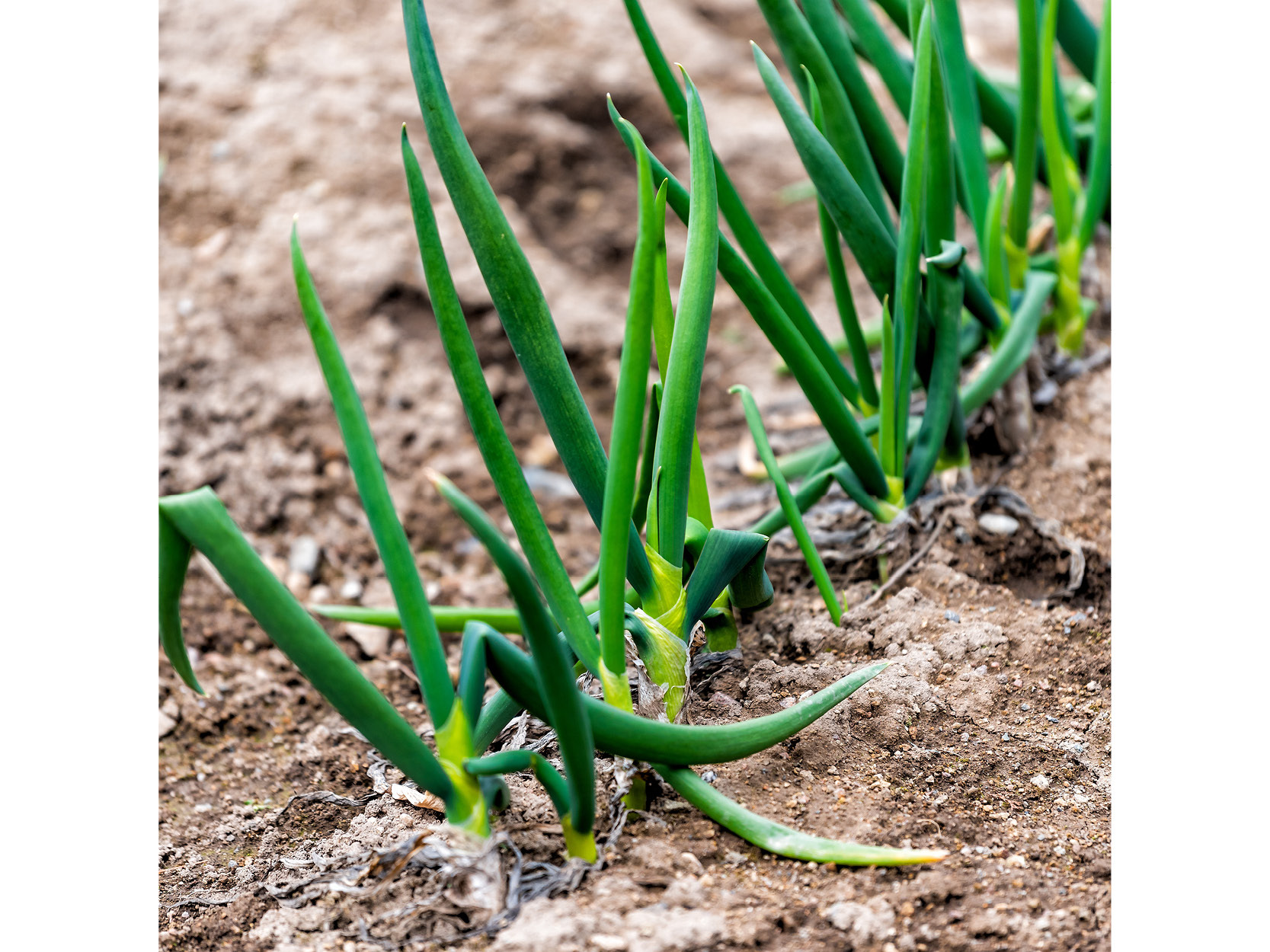
 Kujo negi, the Japanese green onion, is a non-flowering Japanese spring onion and belongs to the Kyo Yasai, the traditional vegetables of the Kyoto region. It is cultivated in winter, between November and March, and severe frost is said to intensify its flavor.
Kujo negi, the Japanese green onion, is a non-flowering Japanese spring onion and belongs to the Kyo Yasai, the traditional vegetables of the Kyoto region. It is cultivated in winter, between November and March, and severe frost is said to intensify its flavor.
Compared to other green onions, it contains a lot of sticky juice, called oneba in Japanese, which makes the flavor sweeter. The color is also special: the green, leaf-like part is larger than the white root. The leaf is soft, and you can cook and eat it.
It is one of the most popular vegetables in Japanese cuisine, as its typical aroma is perfect for enhancing the flavor in many dishes.
use

The Japanese dressing with leek and small onion cubes. It can be used very well in European recipes where onions play a role. For example, in salads or with grilled meat.
Unlike European onion sauces, Japanese ones have more umami. Umami is, alongside the well-known dimensions sweet, salty, bitter, a
another flavor dimension that is especially valued by the Japanese
place.
It is produced by the natural breakdown of specific amino acids during maturation, fermentation, and drying. Umami adds savory notes, provides depth, enhances the complexity of the flavor profile, and rounds it off.
Here is the link to the product:
